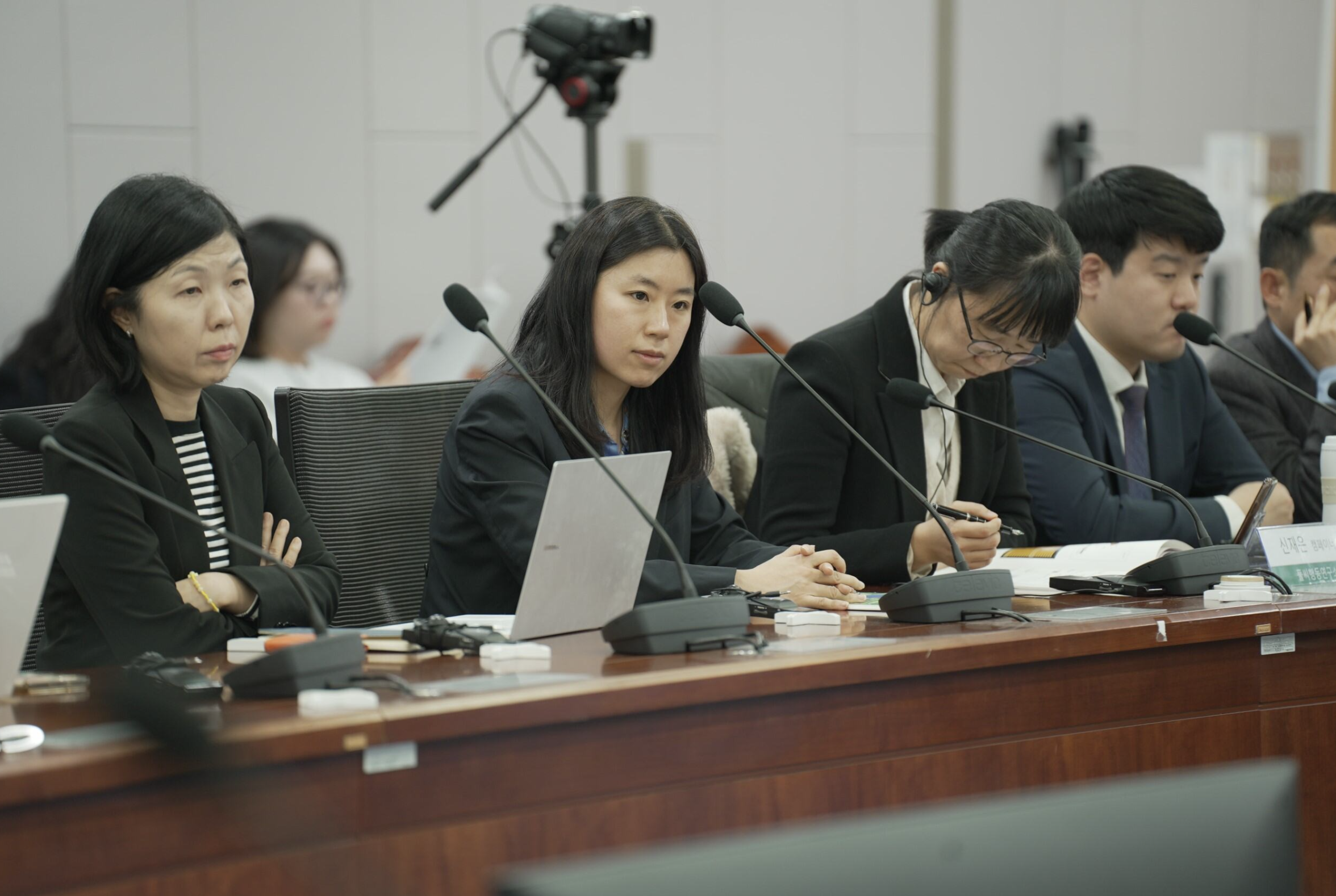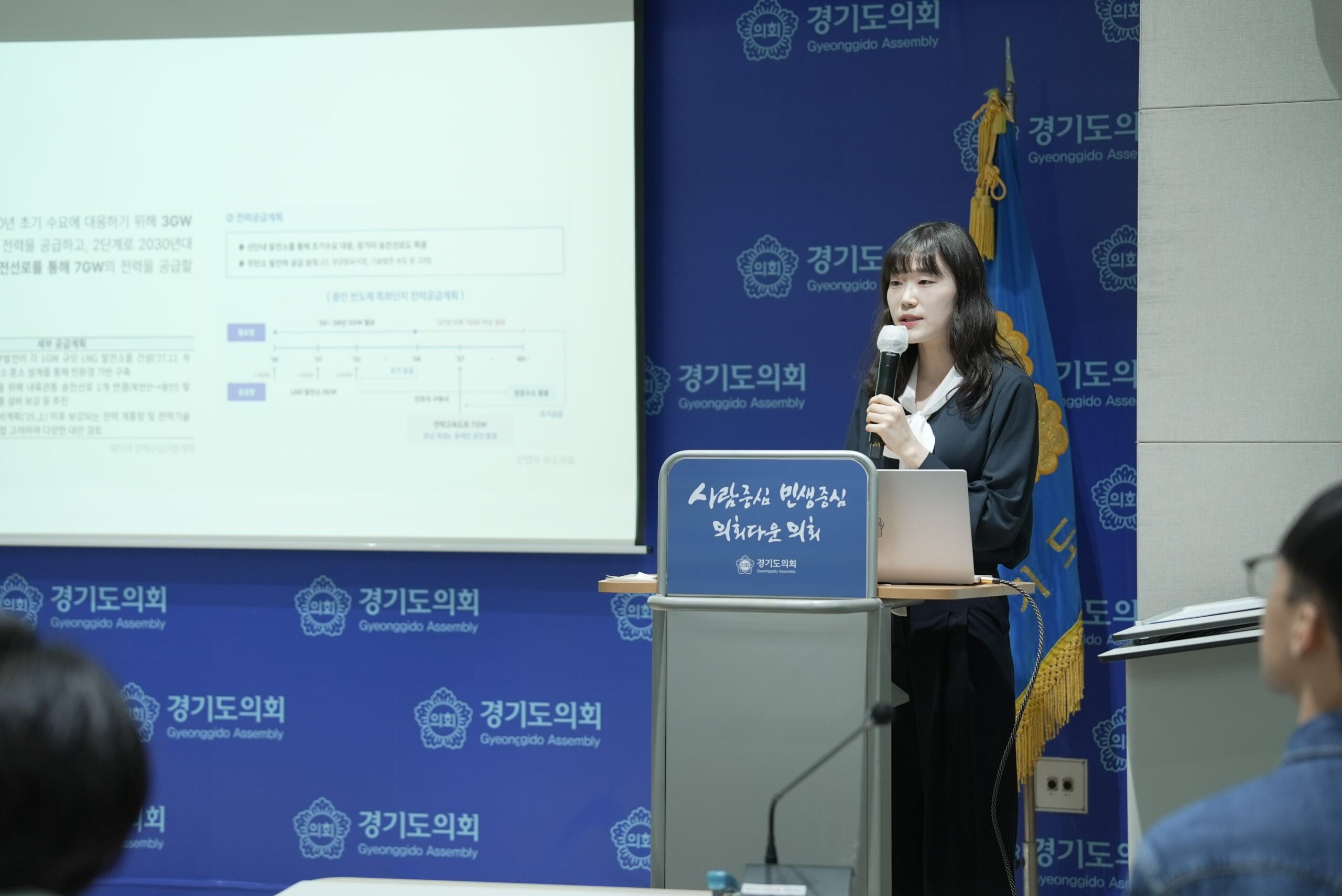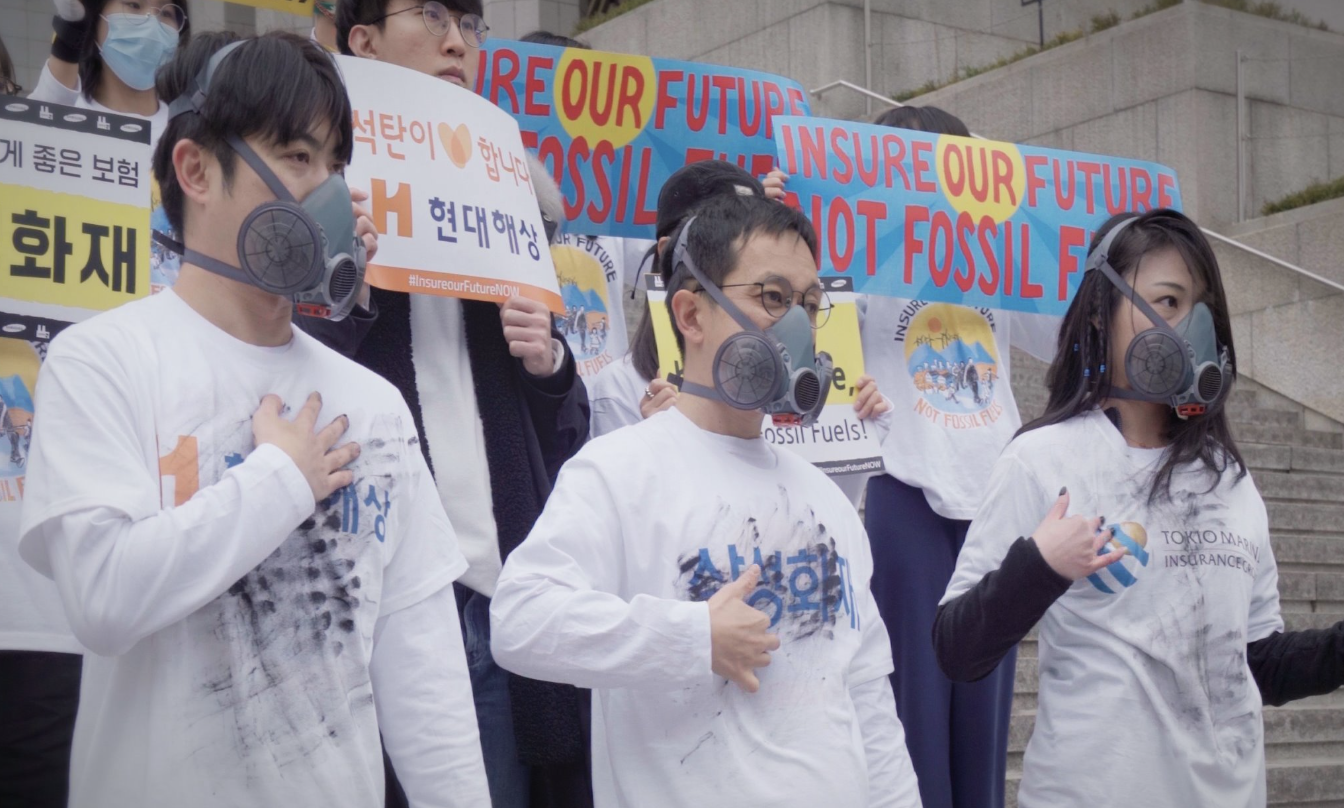
About
This report offers insights into the regulatory constraints perceived as the primary impediment to the widespread adoption of solar energy in South Korea. The permitting regulations within the purview of 226 Korean municipalities, revealing that over 123 stipulate minimum separation distances between solar photovoltaic (PV) equipment and designated roads, facilities, and sites.
Through a comprehensive policy analysis and geographic information system (GIS) data analysis of three selected municipalities, this report illuminates the national landscape of separations distance regulations, critiques the inherent irrationality of such regulations, and underscores the constrained availability of land for solar PV installations within the case municipalities. The reports concludes with a policy recommendation.
Executive summary
Solar energy is poised to become the primary driver toward carbon neutrality. From 2017 to 2022, the 19th Korean government actively expanded solar photovoltaic (PV) adoption through subsidies. Despite these efforts, municipal siting regulations, driven by resident opposition, hampered nationwide PV proliferation. As of August 2020, 123 out of 226 municipalities implemented such regulations, notably affecting the spread of solar PV.
The siting regulations manifest in four distinct categories: (1) distance regulations; (2) regulations restricting siting; (3) regulations on installation; and (4) qualitative regulations. Particularly prevalent among these are distance regulations, embraced by 122 out of the 123 municipalities. These regulations impose separation distances, averaging 300 meters and reaching a maximum of 1,000 meters from roads and residences, fundamentally constraining solar PV power generation projects.
This report analyzes the impact of separation distance regulations using Geographic Information System (GIS) in three representative municipalities: Gumi-si, Hampyeong-gun, and Hamyang-gun. Findings indicate that these regulations exclude areas from 46% to 67% of the total land area. However, when forested areas—where solar PV installation is practically unfeasible per government policy—are excluded, the available land for solar PV in Gumi-si is reduced to 0.09%, in Hampyeong-gun to 0.78%, and in Hamyang-gun to 0.64%.
To address these challenges, the report recommends amending the "Act on the Promotion of the Development, Use and Diffusion of New and Renewable Energy" or individual municipal ordinances. This involves limiting municipal authority over separation distances, necessitating a collaborative effort by central and regional governments. Such actions are vital to creating a more favorable environment for solar PV projects and facilitating progress in the energy transition.
Key findings
A total of 123 out of 226 municipalities implemented siting regulations on solar PV installations without scientific justification, constituting a significant barrier to solar PV adoption in Korea.
GIS analysis conducted in three municipalities revealed the aggregated impact of separation distance regulations, with Hampyeong-gun at 46.44%, Hamyang-gun at 47.16%, and Gumi-si at 67.54%.
Excluding legally protected zones and forest areas, which are economically unfeasible for solar PV installation per government policy, the available land for solar PV significantly diminishes, resulting in availability rates of 0.78% for Hampyeong-gun, 0.64% for Hamyang-gun, and 0.09% for Gumi-si.



